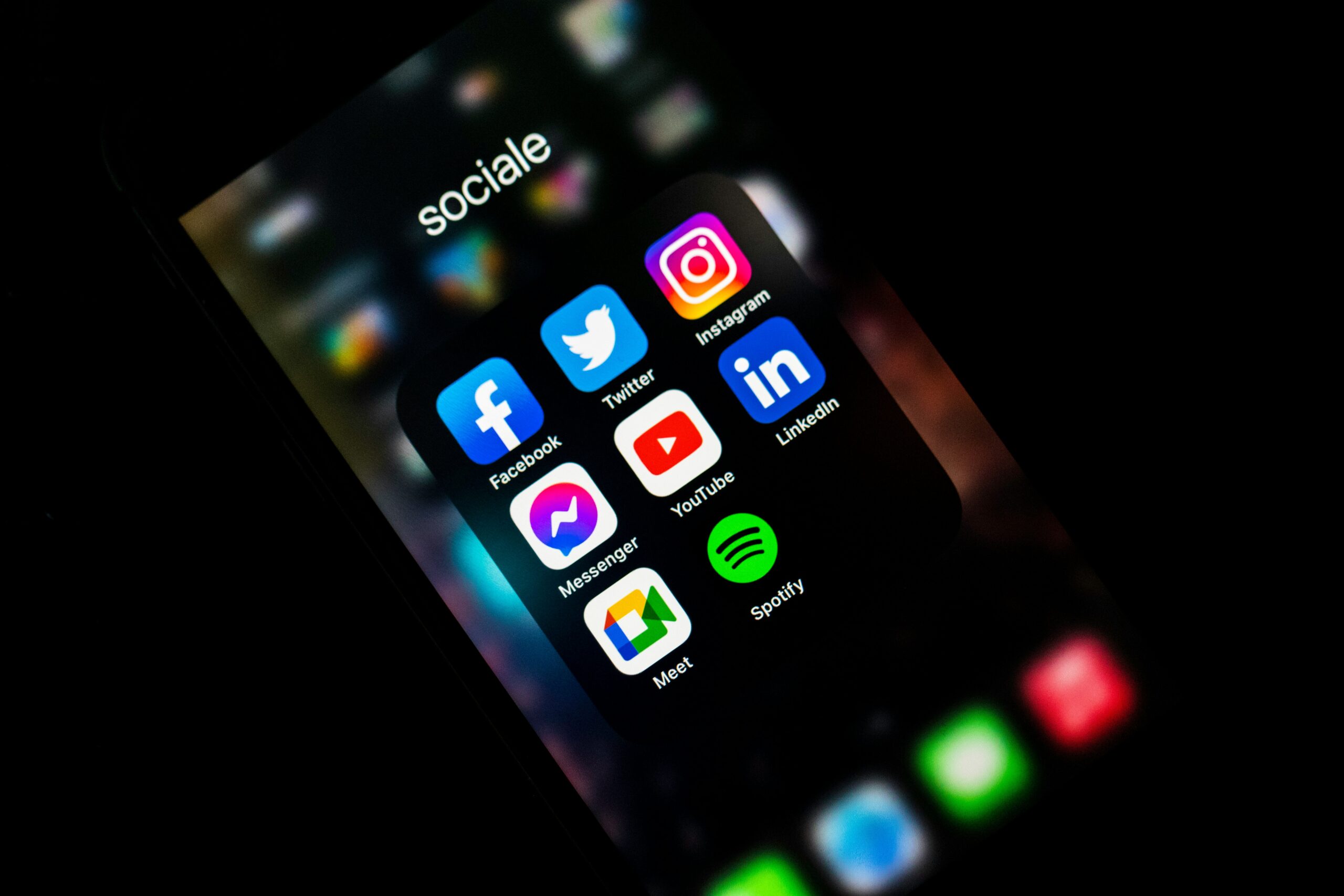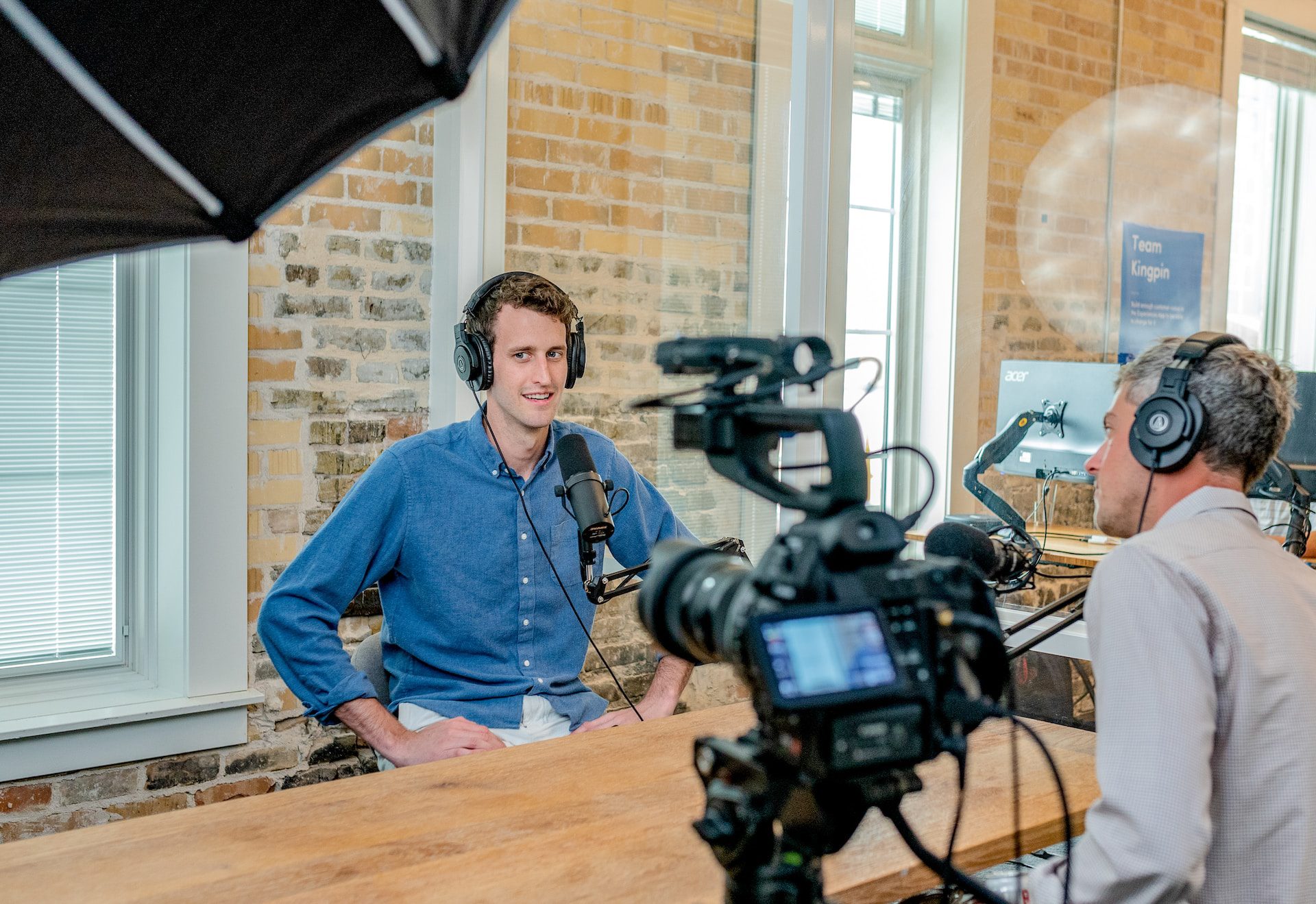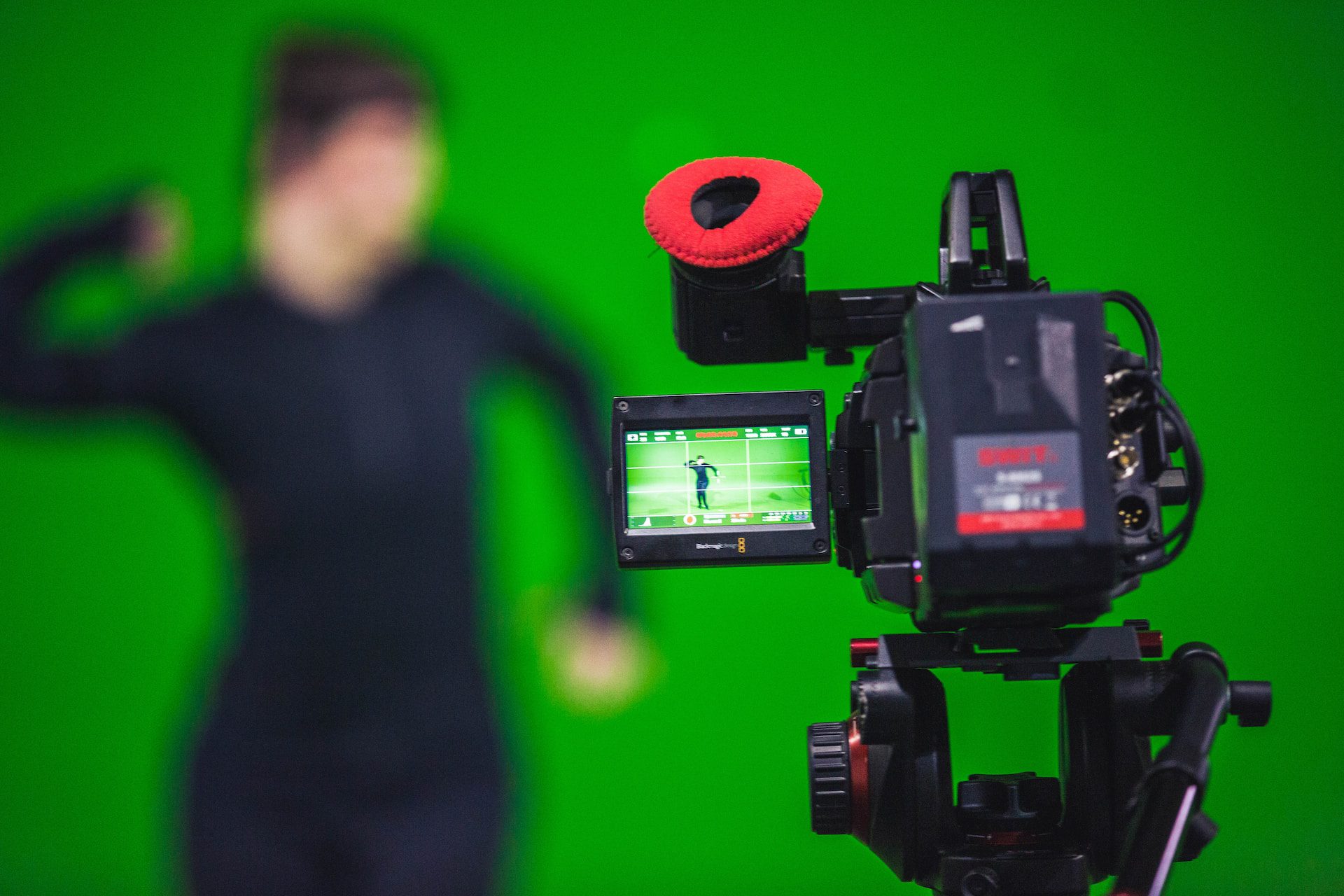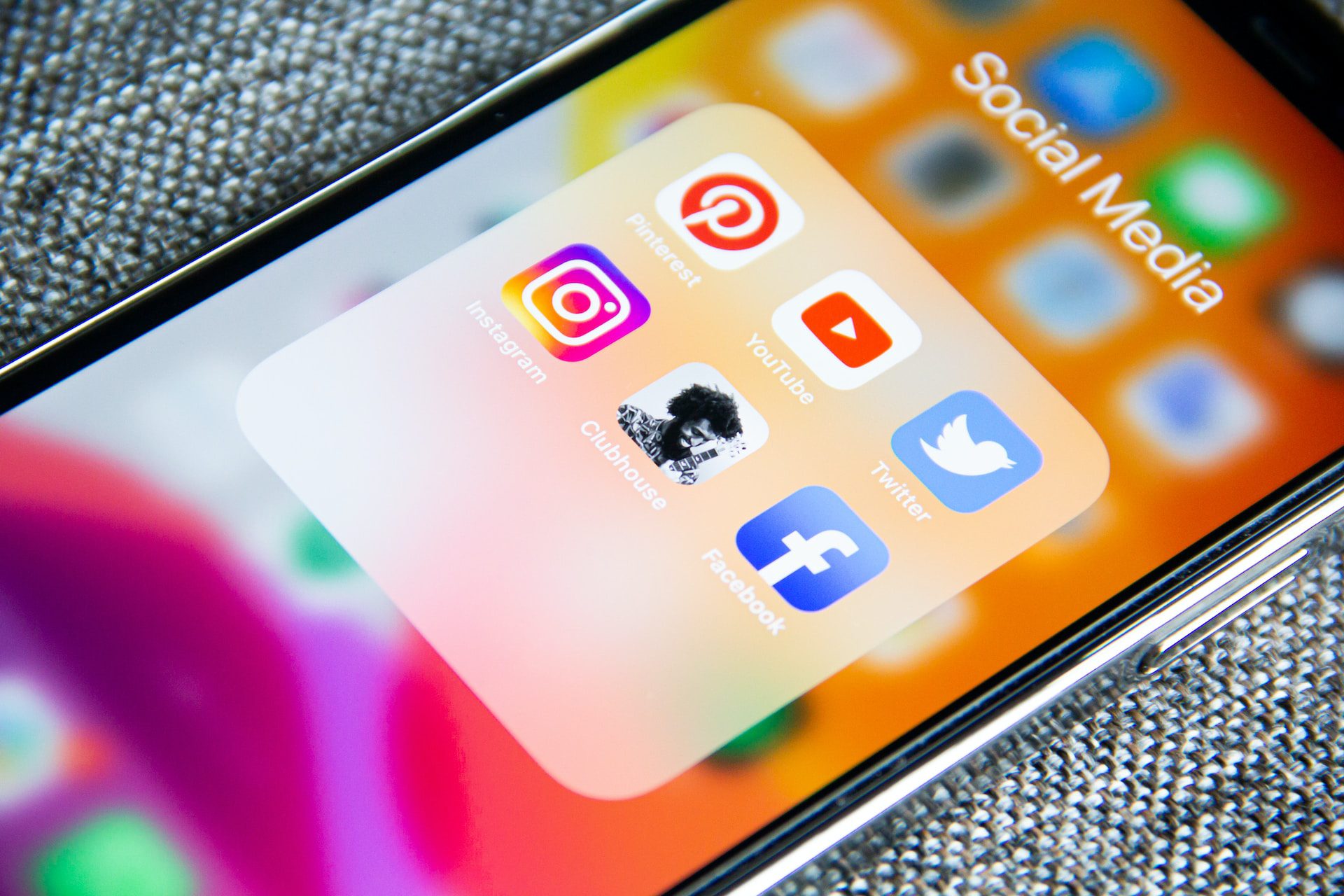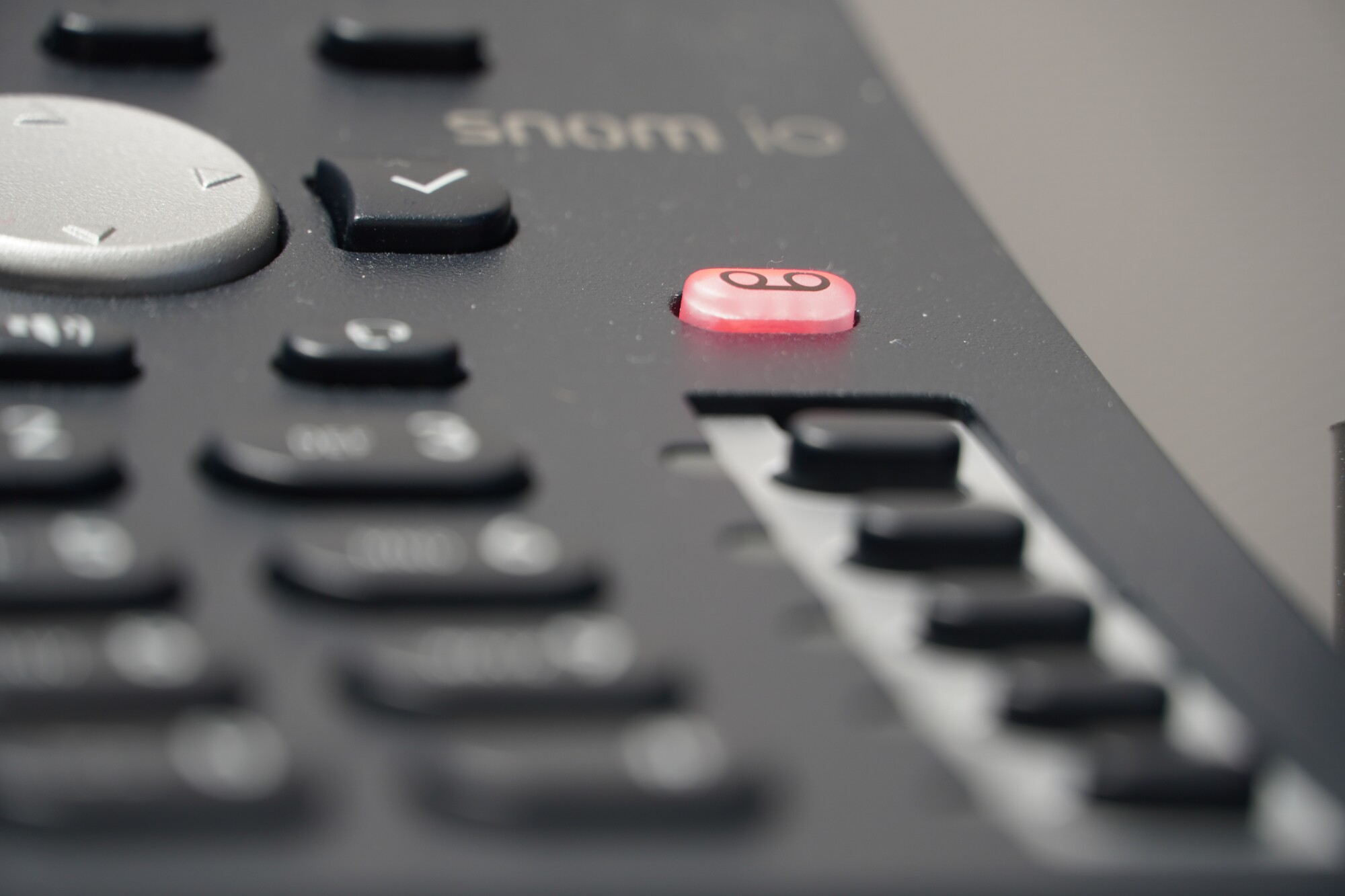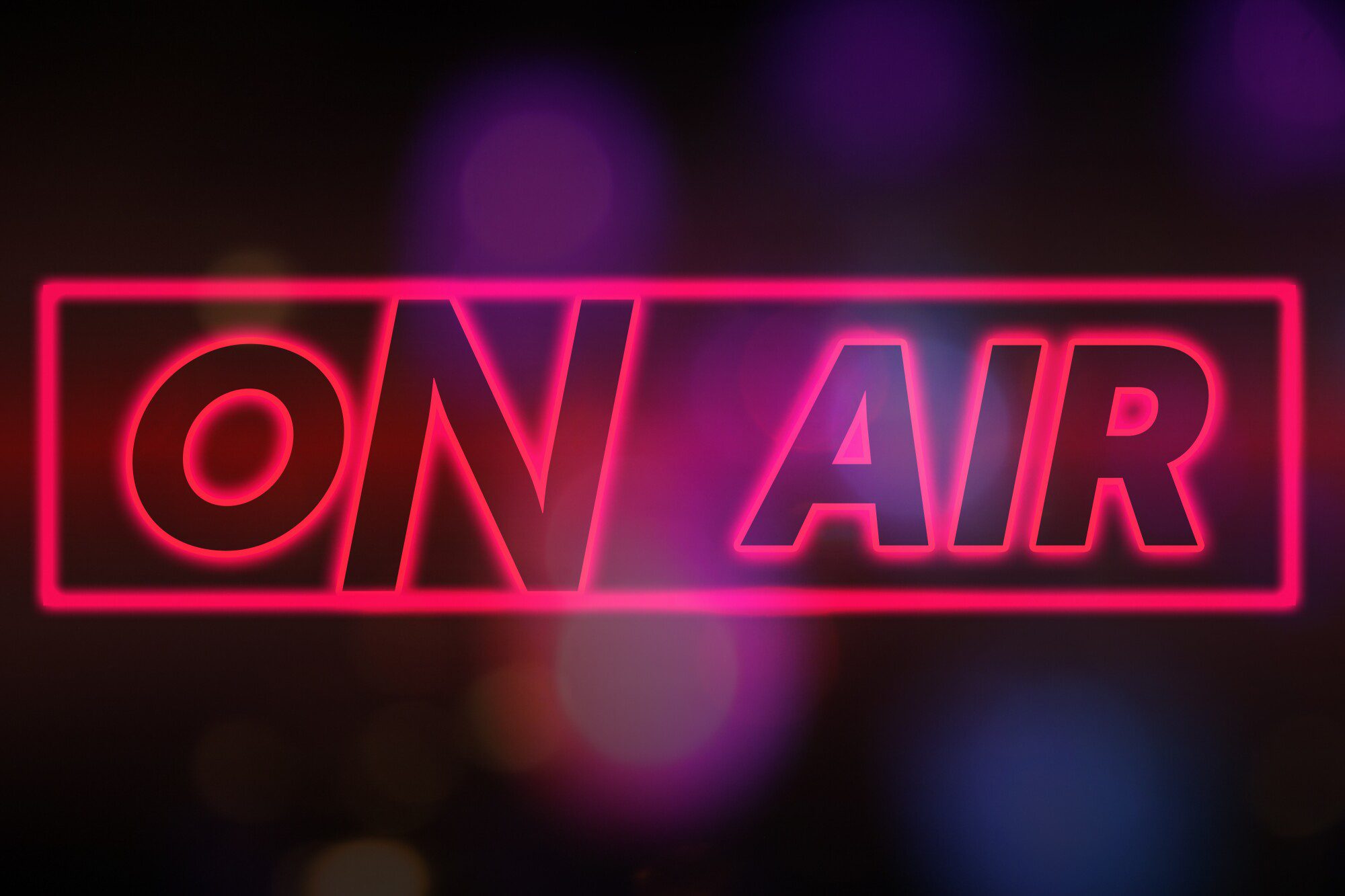In today’s ever-evolving digital landscape, an effective social media presence plays a crucial role in your brand’s overall marketing strategy. By leveraging social media marketing, businesses can engage their target audience, increase brand visibility, generate leads, and drive meaningful results. A well-executed social media strategy not only enhances your online presence but also fosters customer loyalty, improves customer communication, and offers valuable insights into audience behavior. At Killerspots Agency, we understand the immense value of social media marketing and are dedicated to helping businesses unlock their full potential through expertly tailored, result-driven social media strategies.
With over two decades of experience, Killerspots Agency has established itself as a leading force in the digital marketing arena. Our team of creative professionals and marketing strategists converge their wealth of knowledge and industry expertise to provide comprehensive social media marketing solutions that effectively align with your brand’s objectives while facilitating meaningful engagement and results.
Why Social Media Matters in Today’s Business Landscape
As the digital world continues to influence consumer behavior and expectations, businesses must keep pace by maintaining a robust social media presence. There are numerous compelling reasons for businesses to invest in social media marketing, including:
1. Increased Brand Awareness & Exposure: A strategic social media marketing campaign vastly expands your brand’s reach by exposing your products and services to a wider audience, ultimately leading to increased brand recognition and loyalty.
2. Targeted Audience Engagement: Social media platforms offer the unique opportunity to engage with your target audience directly, enabling you to learn about their preferences, needs, and concerns while forging meaningful customer relationships.
3. Cost-Effective Advertising Solutions: Social media platforms provide businesses with cost-effective advertising opportunities that facilitate highly targeted and measurable marketing campaigns tailored to your brand’s specific objectives.
4. Valuable Insights & Analytics: Social media marketing generates a wealth of data and insights that can be leveraged to refine your marketing strategies, monitor progress, and drive continuous improvement.
Killerspots Agency’s Social Media Marketing Solutions: An Overview
At Killerspots Agency, we pride ourselves on offering comprehensive social media marketing solutions that address the unique needs and challenges faced by businesses in today’s digital landscape. Our suite of expert services includes:
1. Social Media Strategy Development: Our team of experts collaborates with you to create a customized social media strategy that effectively aligns with your brand’s goals and connects with your target audience.
2. Content Creation & Curation: We carefully craft high-quality, engaging content that grabs your audience’s attention and encourages social sharing, boosting your brand’s visibility and online reach.
3. Social Media Account Management: Killerspots Agency manages your social media profiles, ensuring consistent posting, timely responses to customer comments and messages, and maintaining a positive brand image.
4. Social Media Advertising: We create and manage targeted social media advertising campaigns that maximize your marketing budget and deliver tangible results, enhancing your overall return on investment.
Killerspots Agency’s Expert Tips for Effective Social Media Marketing
Our team of social media marketing experts shares valuable insights and best practices to help your business achieve success in the competitive digital space:
1. Know Your Audience: The foundation of any successful social media marketing campaign lies in understanding your target audience – their preferences, behaviors, and pain points. Conduct market research, create buyer personas, and analyze audience insights to inform your content strategy and audience engagement approach.
2. Craft Compelling Content: Develop high-quality, engaging content that resonates with your audience, encourages social sharing, and reflects your brand’s unique personality and values.
3. Create a Consistent Posting Schedule: Establish and maintain a consistent posting schedule to ensure that your audience remains engaged and informed. Utilize a content calendar to plan and organize your social media content in advance, allowing you to maintain a cohesive, well-orchestrated social media presence.
4. Leverage Hashtags & Engagement Tools: Harness the power of hashtags and engagement tools such as polls, contests, and live video streaming to broaden your reach and encourage more robust audience interactions.
5. Monitor & Optimize Your Campaigns: Use social media analytics tools to track your campaigns, measure performance, and gather valuable insights. Continuously refine and optimize your social media marketing strategies based on the data-driven insights you obtain.
Conclusion
In an increasingly interconnected world, social media marketing has become indispensable for businesses looking to reach and engage with their target audience. By partnering with Killerspots Agency for your social media marketing needs, you gain access to a team of creative professionals, innovative strategies, and a tailored, data-driven approach that drives results, fosters meaningful engagement, and accelerates business growth. Take your brand’s online presence to the next level by contacting Killerspots Agency today – let our team’s passion for creativity and expertise pave the path to your social media marketing success.

